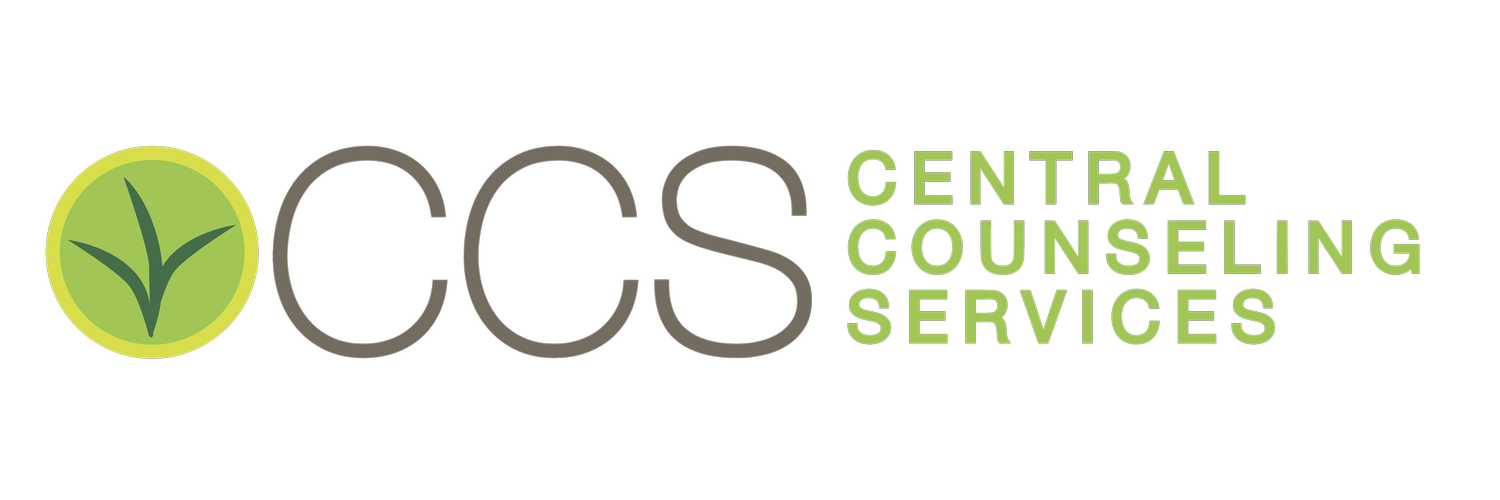Blog

Why you SHOULD be making your bed every day!
It is essential to keeping your regular sleep and wake times. Another simple task but a must in your daily routine is, making your bed!

Nature Therapy
Walking outdoors inspires feelings of awe which gives us a secondary brain boost. We need Nature Therapy to reduce mental overload caused by our busy lives.

The three levels of Monitoring Your Children
Supervision does not take laser-focused intensity: nor does it take exhausting yourself with keeping them entertained. It calls for three levels of monitoring. Each of these levels is necessary; for them AND for you. In order for you to not drive each other “crazy”. Plus the child receives the full benefit of autonomy and parental interaction!


6 Tips For a GREAT School Year.
School is just around the corner. It doesn't have to be a hard transition. Here are 6 GREAT tips to help with the transition.
